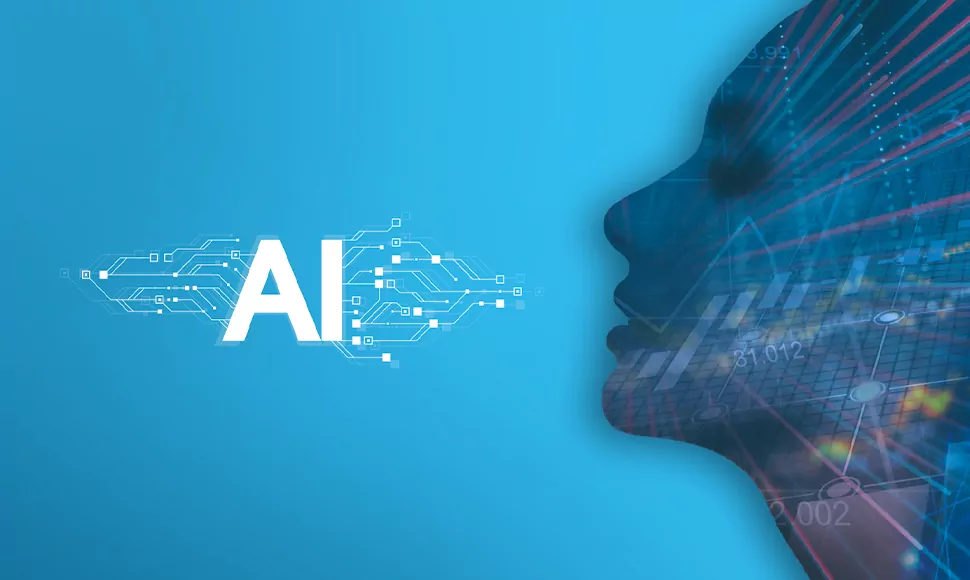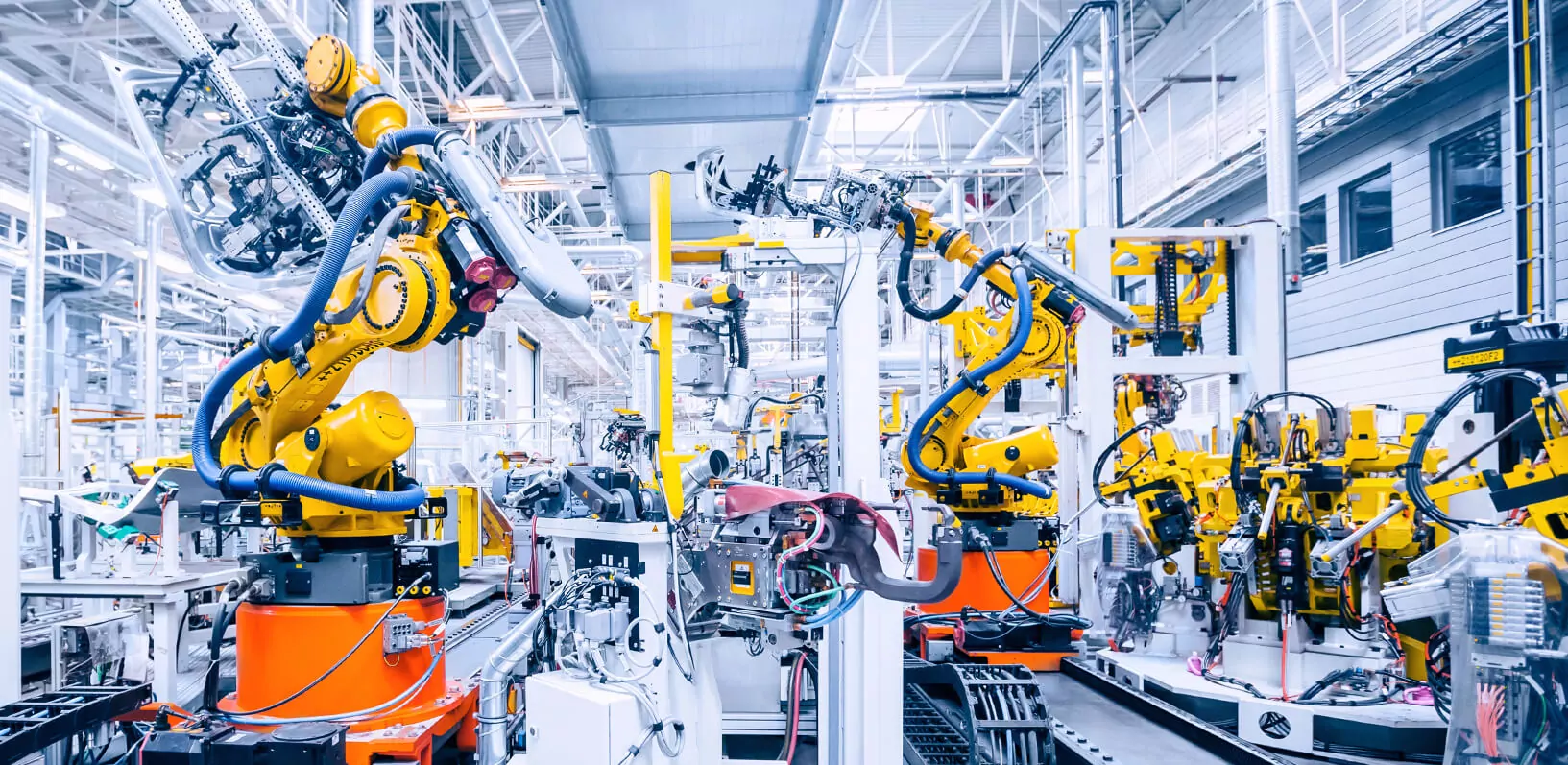Education is an integral aspect of our lives, from the early stages of acquiring basic skills after birth, formal schooling, to on-the-job learning. However, the pace of change in our world has accelerated so swiftly that merely earning a profession is no longer sufficient. The landscape is evolving rapidly, with emerging tools and technologies dictating that employees cannot afford to rest on their laurels. According to the LinkedIn Workplace Learning Report, the skill sets required by jobs have changed by approximately 25% since 2015.
The ongoing demand for education
There exists an ongoing need for upskilling and reskilling, and occasionally, when professions become obsolete, a return to the education system becomes necessary. But there is also an inherent drive that resonates with many individuals to explore new things and become even better in what they do.
That being said, the opportunity to develop professionally is a significant factor when choosing and staying with a company. According to the LinkedIn report mentioned earlier, two of the top five factors that drive people to pursue new jobs are opportunities for career growth and possibilities to learn and develop new skills. Moreover, the most common method organizations employ to improve retention is providing learning opportunities.
The life-long learning is obviously beneficial to the company on another level. Apart from becoming attractive employers, the new knowledge and skills employees gain can be applied in their daily work, streamlining the company’s development. Active support in career development has a positive impact on employee satisfaction, which translates to their work efficiency and input. It aligns with the company’s long-term objectives and goals.
The decline of traditional learning
However, the traditional learning approach has become obsolete in many ways. Younger generations are accustomed to multifaceted stimulation and autonomy in their endeavors.
They are more aware of their needs and prefer not to be confined to books or lectures. Often, courses designed for a broad audience force them to cover material they already know, resulting in a waste of time and a decline in motivation. Hence, there’s a substantial demand for a personalized training experience, which can be achieved through:
- Individual learning paths instead of a one-size-fits-all approach
- Job-role-specific training rather than courses intended for entire departments or even whole company
- Flexible learning formats, offering options beyond arbitrarily chosen formats like reading materials or instructor-led training (ILT)
- Self-paced learning instead of classroom training with set times and locations
- Continuous feedback rather than knowledge or skill assessments at the end of the course only.
The above ideas sound fantastic, but, of course, putting them into practice is easier said than done. Just think about creating a unique learning path for each employee in your company, preparing materials in various formats, and ensuring constant access to instructors for feedback. If it’s not entirely impossible, it would cost a fortune and require a large team to manage training within a company. And that brings us to the main topic: AI in education.

Artificial intelligence in education
While AI is often associated with cutting-edge systems in the most technologically advanced spheres, it can be practically applied in any field requiring task automation. This is why AI and education, especially when we talk about personalized education, complement each other so well.
In this article, we’re focusing on a specific form of AI – generative AI (GAI). It is a subclass of artificial intelligence designed to generate new content, data, or outputs that expand upon existing information. In the realm of AI for education, GAI’s main advantage is the capability to create novel content based on information learned from datasets and identified patterns.
Some common types of content that AI can generate include:
- text
- images
- videos
- interactive experiences like games or simulations
- code.
As a side note, according to Global Human Trends by Linkedin, job advertisements that mention artificial intelligence or generative AI have experienced a 17% increase in application growth over the past two years compared to job ads that do not include such mentions. So, using AI in learning and development will not only streamline your training processes but also your very job postings will look more attractive when you mention it.
How to apply generative AI in education?
So, how can you apply GAI systems in your training programs to create personalized training experiences described earlier in the article?
Automated content generation
Generative AI can be used to create educational content, such as concise learning materials, complete textbooks, presentations, or quizzes. It is able to convert the most common text format into those preferred by specific learners. For instance, if learners prefer to study while commuting or driving, it can generate audio files from other materials.
Unique learning paths
Learning systems utilizing GAI can adapt content and learning pace to employee needs based on the analysis of their knowledge and behavior. For example, the system can devote more attention to these particular areas by understanding the individual’s weaknesses and skill gaps.
Scaffolded learning
Courses created for a particular person can build upon previously acquired knowledge. Generative AI ensures a coherent and logical progression, avoiding unnecessary repetition and ensuring a smooth learning journey.
Virtual learning environments
Generative AI can create virtual learning environments, offering learners hands-on experiences in various tasks. The most popular formats include interactive presentations, 3D models, simulations, and dynamic visualizations that can be accompanied by AR/VR.
Assessment and grading
Generative models can assist in grading assignments, quizzes, and exams, providing quicker feedback to learners and freeing up educators’ time. It’s worth noting that they can give feedback in an elaborate way, focusing on different aspects of learners’ performance.
Inclusive learning environments
AI education can be crucial in supporting learners with disabilities by offering personalized and adaptable experiences. For example, it can convert spoken words into written text (speech-to-text) and vice versa (text-to-speech). It supports learners with hearing and sight impairments.
Education and AI: The future of learning
Artificial intelligence for education caters to the evolving needs of learners globally. We observe a significant shift in the desire to learn, with an increasing inclination towards personalized approaches. Learners now seek less conventional paths that align with their lifestyles and preferred learning styles.
The future envisions an era of adaptable, inclusive, and technology-driven education. As these technologies evolve, education will become more tailored to individual learners, fostering a lifelong pursuit of knowledge in a globally connected world.





